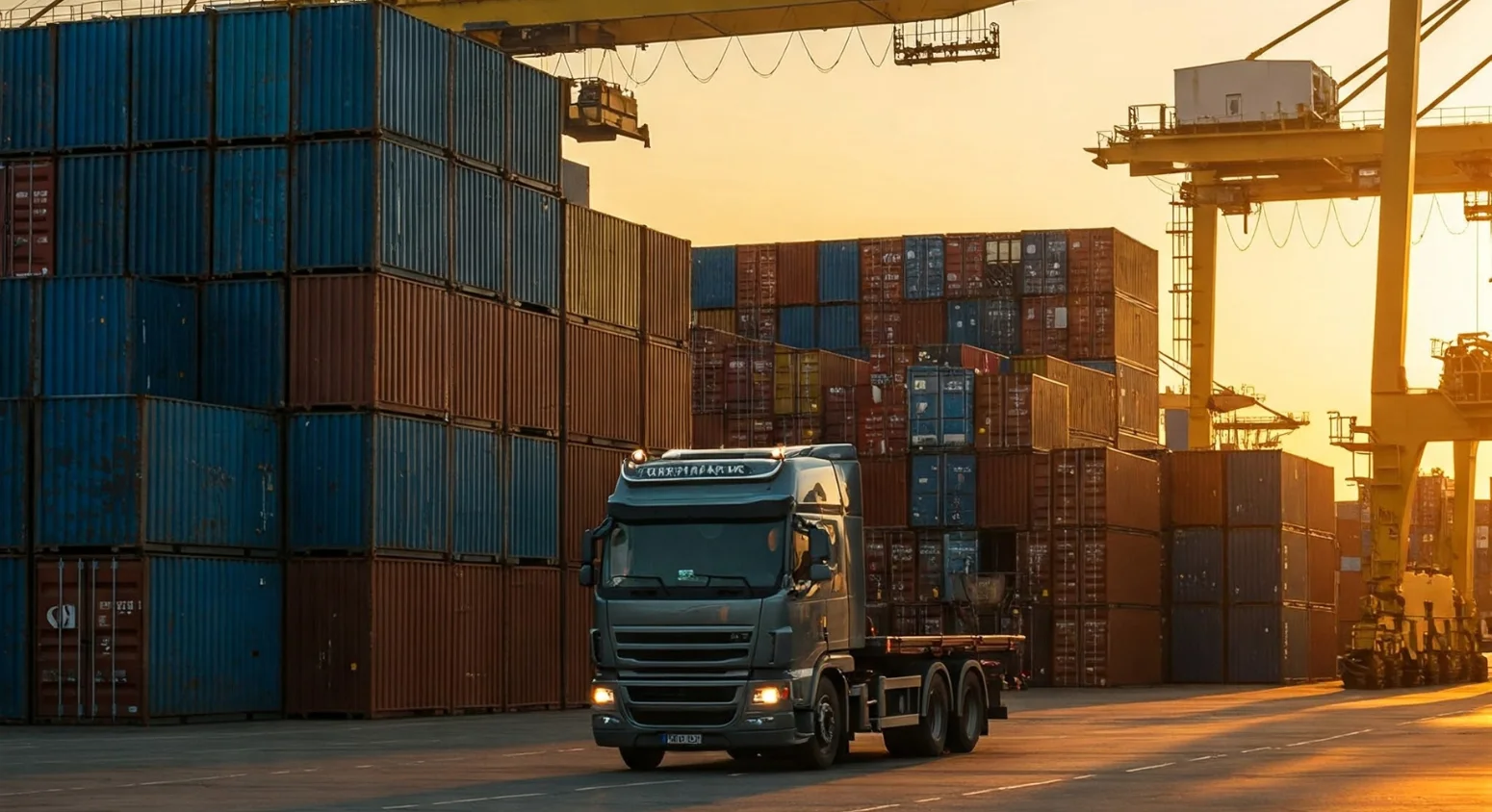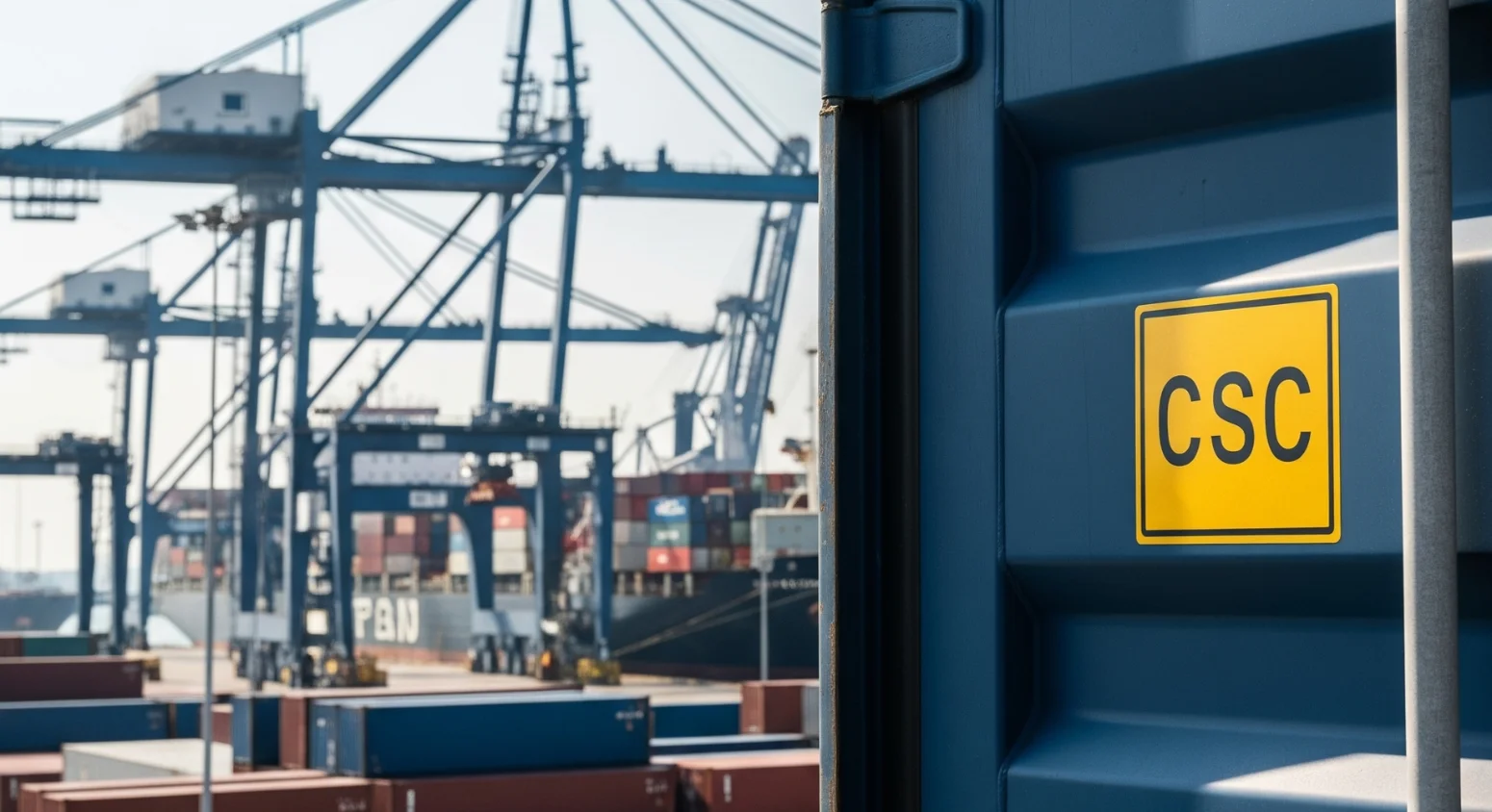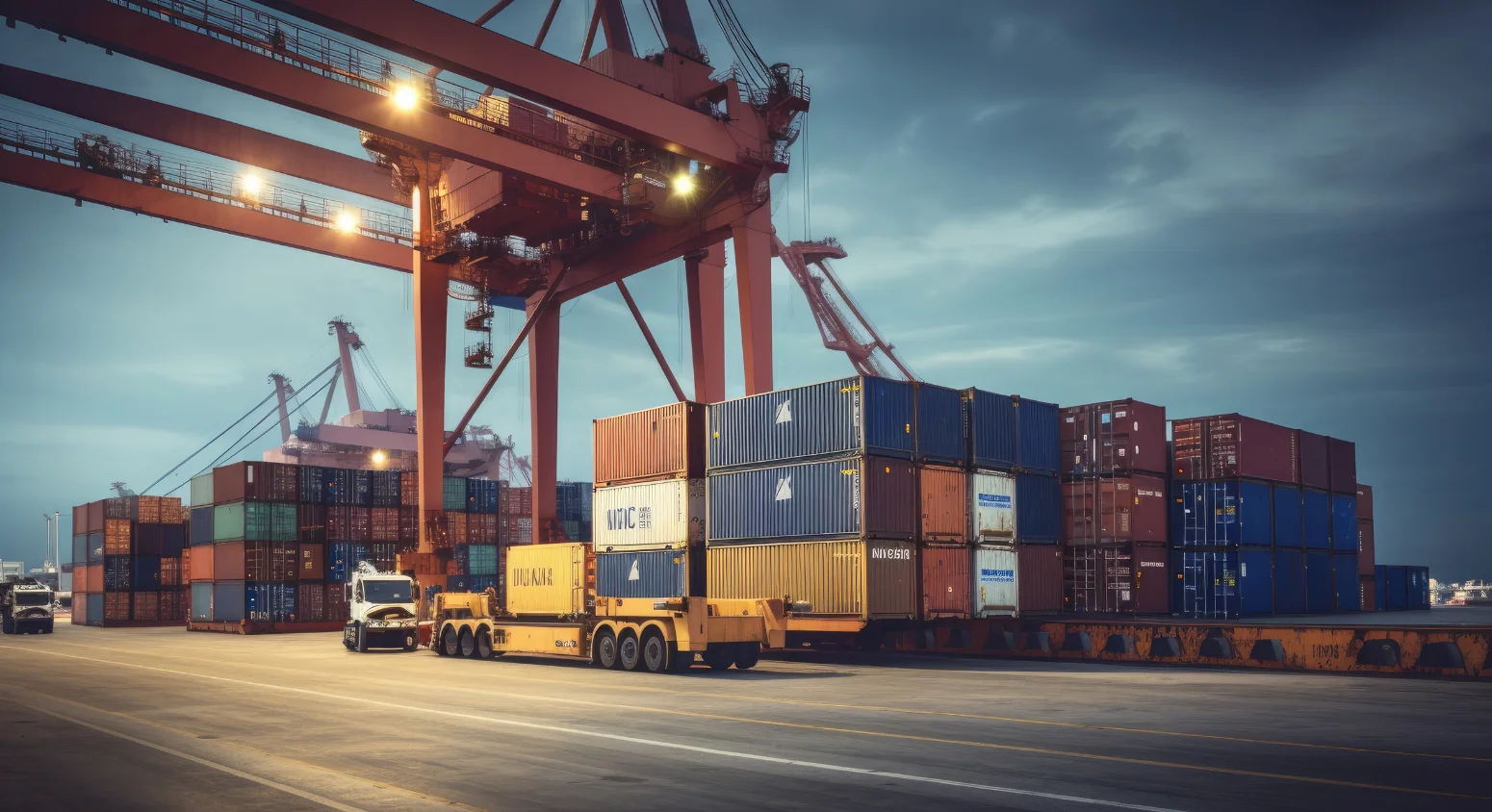Is container shipping cost eating into your budget more than you expected? You’re not the only one. Many businesses are asking the same question: How much does it really cost to ship a container—and is there a way to bring that cost down without slowing things down?
The good news? Yes, there is.
Cutting costs doesn’t mean cutting corners. It means finding better, smarter ways to move containers without wasting time, fuel, or money. With container shipping rates always changing and delays becoming more common, it’s important to take a closer look at where your money is really going.
In this blog, we’ll walk through practical ways to lower your container transport costs while keeping your operations running smoothly. From using the right equipment to improving how you plan and handle each move, every tip is designed to help you save without stress.
Let’s get started—and find out how to make container transport more efficient and affordable.
Table of Contents
1. Understand What Drives Up Container Transport Costs
Before you can cut costs, you have to understand where they’re coming from. It’s easy to focus on the obvious—fuel, labor, or equipment—but the real budget killers often hide in the details. If you’ve ever looked at your logistics spend and thought, “Why is this so high?”—you’re not alone.
Let’s break down the real reasons your container shipping cost might be climbing higher than expected.
Hidden Expenses You Might Be Overlooking
Not all costs show up clearly on a balance sheet. Some creep in slowly, becoming part of “how things are done” until they start eating into profits.
Watch out for:
- Idle time and delays at ports or distribution centers
- Poor route planning leading to wasted fuel and time
- Inefficient loading or unloading that extends labor hours
- Unnecessary equipment rentals when better alternatives exist
- Damage-related costs due to improper handling or outdated gear
Each of these can quietly drive up your container shipping rates without you even realizing it.
The Cost of Inefficiency
Let’s say you’re paying a flat rate to ship containers across multiple regions. If your team takes twice as long to load those containers because of outdated tools or poor site layout, you’re losing money—even if the container shipping cost stays the same.
Time is money. The more you waste, the more you spend. And often, the fix isn’t as big (or as expensive) as you think.
What About “How Much Does It Cost to Ship a Container?”
That’s a question we hear a lot—and the truth is, it depends.
Factors that affect the final number include:
- Distance and route complexity
- Container size and weight
- Type of goods inside
- Handling and storage needs
- Current fuel prices and surcharges
Instead of guessing, many companies now use a shipping price calculator to get a more accurate view. This helps avoid surprises and plan budgets with confidence.
Why This Matters
If you don’t know where your money is going, it’s impossible to control it. By identifying what’s really driving up costs, you put yourself in a better position to make smarter decisions—and unlock serious savings over time.
In the next section, we’ll talk about how smarter tools and equipment choices can cut overhead without compromising how your team works.
Ready to move more for less? Let’s keep going.
2. Use Smarter Equipment to Reduce Overhead
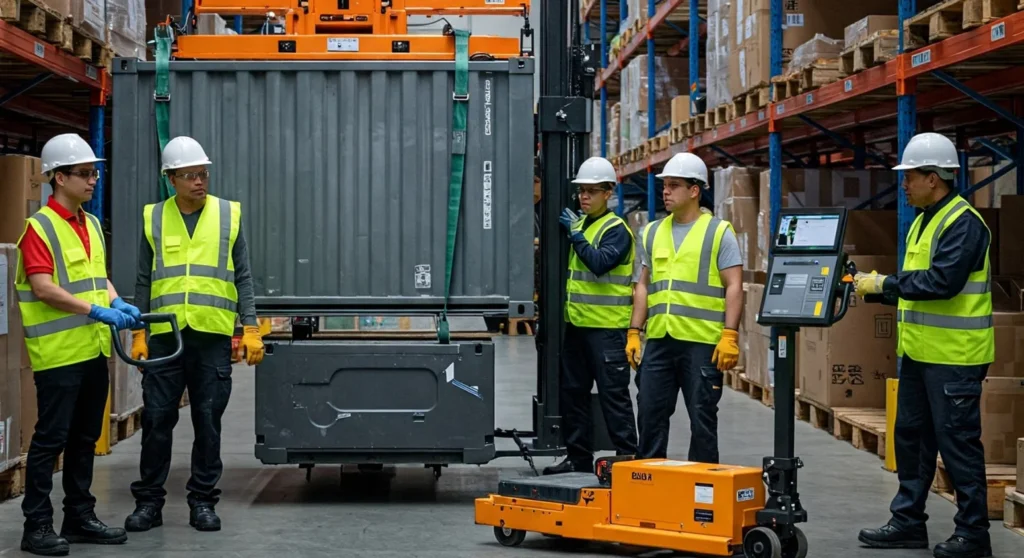
Let’s face it—when it comes to container transport, your equipment can either work with you or against you. If you’re still relying on outdated tools or makeshift solutions, you’re likely spending more than you need to. The right equipment doesn’t just move containers—it helps you move them faster, safer, and at a lower container shipping cost.
So how do you know when it’s time for an upgrade?
Is Your Equipment Helping or Hurting?
Think about your current setup. Are you constantly renting heavy machinery just to complete routine tasks? Are your teams spending too much time maneuvering containers in tight spaces? These small delays and inefficiencies add up—and they show up as higher container shipping rates on your bottom line.
Here’s where smarter equipment makes a real difference.
Tools That Pay for Themselves
Investing in multi-functional, modular tools can reduce labor hours, lower fuel consumption, and speed up your entire workflow.
Some examples worth considering:
- Wheel dollies that allow for quick, precise container movement without forklifts
- Container jacks that simplify lifting, cutting down on manual labor and time
- Shock-absorbing equipment that protects your goods—and your team—from damage
- Modular transport systems that reduce the need for multiple machines
Each of these tools may require a one-time investment, but the long-term savings are significant—especially when it comes to reducing unnecessary container shipping rates.
Efficiency Doesn’t Have to Mean Expensive
One of the biggest myths in the industry is that better equipment equals a bigger budget. In reality, smarter gear helps you do more with less. Instead of increasing your shipping spend, you’re actually stretching every dollar further.
Think of it like this:
- Faster handling means less downtime
- Fewer breakdowns mean fewer repair costs
- Compact, mobile tools mean less dependency on large, expensive machinery
It’s not about working harder. It’s about working smarter—with the right tools in your corner.
What You Can Do Today
- Audit your current equipment. Identify what’s slowing you down.
- Research cost-effective upgrades. Look for tools designed for container mobility.
- Talk to your team. They often know what equipment changes would help the most.
- Use a shipping price calculator to see how those changes could impact your transport costs over time.
The bottom line? Better tools lead to better results. And when those results include lower container shipping costs and a more efficient team, the return on investment is hard to ignore.
Next up, we’ll explore how labor optimization and smarter handling can save even more—without sacrificing safety or speed.
3. Optimize Labor and On-Site Handling
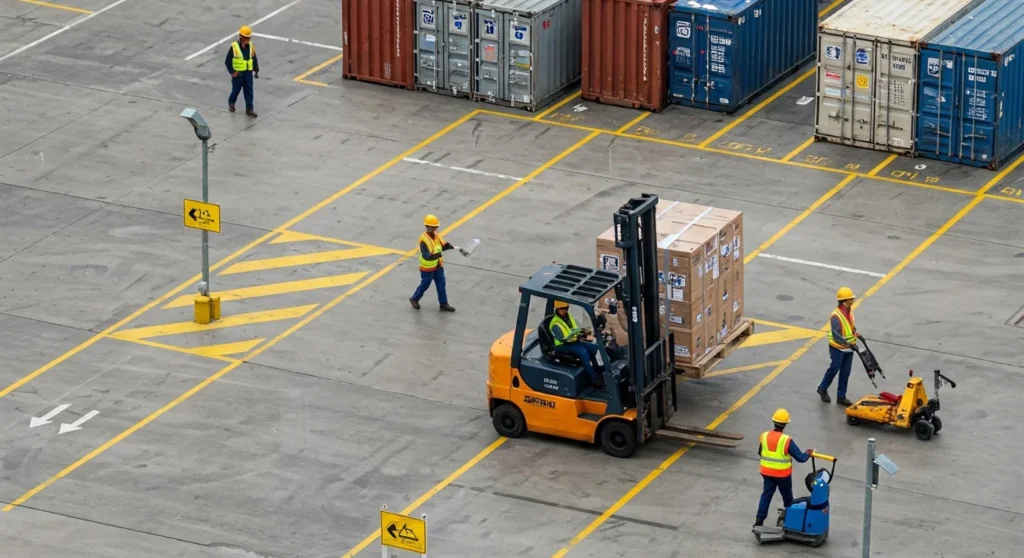
You can have the best tools in the world, but if your team isn’t working efficiently, you’re still leaving money on the table. Labor is one of the largest ongoing costs in container transport—and the way tasks are handled on-site plays a huge role in how much you’re really spending.
So, how can you reduce labor costs without overworking your team or sacrificing safety? It starts with smarter systems, not harder work.
Small Process Tweaks, Big Savings
Sometimes, it’s not about massive overhauls. Simple changes to your daily operations can make a noticeable difference in your overall container shipping cost.
Here’s what to look at:
- Time spent on each task — Are loading and unloading taking longer than they should?
- Manual vs. assisted labor — Are there tools that could reduce repetitive strain and save time?
- Workflow bottlenecks — Are containers piling up because of slow internal movement?
By identifying these issues early, you can create a more fluid, efficient environment—and keep costs under control.
Train for Efficiency (and Safety)
Training isn’t just about compliance—it’s a direct investment in performance. A well-trained crew can spot issues faster, handle equipment properly, and follow processes that prevent accidents or slowdowns.
Focus your training efforts on:
- Smart equipment use – Especially when adopting tools like container jacks or wheel dollies
- Time-saving techniques – Teach best practices for staging, loading, and stacking
- Safety protocols – Reduce the risk of costly accidents or downtime
When everyone knows their role and how to perform it efficiently, labor costs shrink naturally—without cutting hours or corners.
Build a System That Supports Your Team
Even the hardest-working crews can’t perform well without the right support. That means having the right tools in place, yes—but it also means designing your site layout and workflow with intention.
A few quick wins:
- Pre-stage containers so they’re ready when your team is
- Use clear signage and traffic lanes to avoid confusion
- Group tasks to minimize back-and-forth movement
- Limit double-handling by planning final container positions ahead of time
Every minute saved reduces labor costs and helps bring down your overall container shipping rates—without adding pressure to your team.
It’s About Empowering, Not Overworking
At the end of the day, optimizing labor isn’t about pushing people harder. It’s about giving them what they need to succeed—and removing the friction that slows them down. With the right tools, training, and layout, your team can do more in less time, all while reducing wear and tear on both people and equipment.
In the next section, we’ll look at how smarter planning and better mobility can take your cost savings even further.
4. Cut Costs Through Better Planning and Mobility
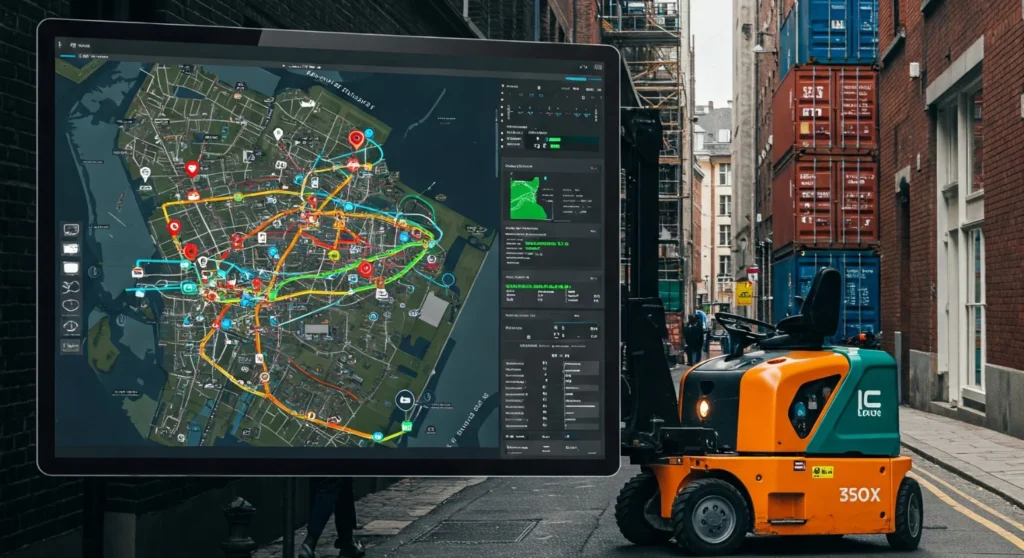
When it comes to container transport, smart planning is just as important as the equipment you use. If you’re not mapping out the most efficient routes or taking full advantage of available space, you’re probably spending more than you need to. But the good news is, this is one area where you can make a significant impact quickly.
So, how can better planning and mobility lead to lower container shipping costs without slowing you down?
Let’s break it down.
Optimize Routes for Efficiency
Route planning might seem like a no-brainer, but it’s often overlooked. Inefficient routes lead to wasted fuel, higher container shipping rates, and longer delivery times. So, how can you make your routes smarter?
Start by considering:
- Traffic patterns – Avoid congested areas to save time and fuel.
- Distance vs. delivery windows – Shorten routes without sacrificing timely deliveries.
- Geographic factors – Consider the terrain and road conditions that could impact fuel consumption.
Using a shipping price calculator can help you estimate fuel costs based on different routes, allowing you to make more informed decisions. This way, you’re not just guessing—you’re optimizing for real savings.
Consolidate Shipments for Lower Costs
Are you shipping full containers with just a fraction of the space used? It’s a missed opportunity to save money. Consolidating shipments and maximizing space is one of the easiest ways to reduce transport costs.
Here are some strategies:
- Group shipments heading to the same location
- Use standardized container sizes to optimize stacking
- Consider cross-docking to move goods faster and more efficiently without storing them long-term
This reduces the number of trips, making each container more cost-effective and cutting down on container shipping costs per unit.
Maximize Space and Flexibility with Mobility Solutions
Not all transport solutions are created equal. Sometimes, the key to reducing costs is using more flexible, compact equipment that can work in tighter spaces. This is especially important when you’re dealing with moving containers in tight spaces, such as urban areas or busy ports.
Investing in:
- Wheel dollies that allow for more precise container placement
- Compact transport systems designed for smaller, more confined spaces
- Modular mobility solutions that can be easily adjusted to fit varying needs
These tools help you maximize every inch of space, reduce the number of moves needed, and keep things moving smoothly without adding extra handling time.
Leverage Technology for Smarter Planning
Today, technology plays a massive role in streamlining logistics. By using digital tools, you can analyze historical data, forecast demand, and plan smarter routes with far more accuracy.
Here’s how technology can help:
- Route optimization software to automatically select the best routes
- Fleet management systems to track real-time vehicle locations and adjust schedules as needed
- Mobile apps to keep everything connected and ensure smooth operations
By integrating these systems into your workflow, you can make better decisions faster, reduce delays, and lower container shipping rates over time.
Why Planning and Mobility Matter
Better planning and mobility don’t just save you money—they also improve the overall efficiency of your operation. When your routes are optimized, shipments are consolidated, and your team can navigate tight spaces without hassle, you’re cutting costs across the board.
Conclusion: Cutting Container Transport Costs Made Simple
Cutting down on container transport costs doesn’t have to be complicated. With the right approach—smarter tools, better planning, and a focus on efficiency—you can reduce your costs while keeping things running smoothly. Every change you make, whether it’s using the right equipment or optimizing your routes, can help you save money and make your operation more efficient.
Have you looked at your current setup lately? Are there areas where you can improve? Small adjustments—like better tools or more organized planning—can add up to big savings. By focusing on container shipping costs and finding smarter ways to handle transport, you’ll not only save money but also streamline your whole operation.
FAQs
Q: What’s the quickest way to cut my container shipping costs?
A: Start by looking at your equipment and how your team works. Are there tools that can save time? Can you make your routes more efficient?
Q: Can I use a tool to calculate shipping costs?
A: Yes, a shipping price calculator can help you estimate costs and find the best routes to save on fuel and time.
Q: How can I use space in my containers more effectively?
A: Try consolidating shipments, using standard container sizes, and making use of mobility solutions to fit more in each load.
Q: Will new equipment really help me save money?
A: Definitely! Tools like wheel dollies and container jacks can help you work faster and avoid extra labor costs. They’ll pay off in the long run.
